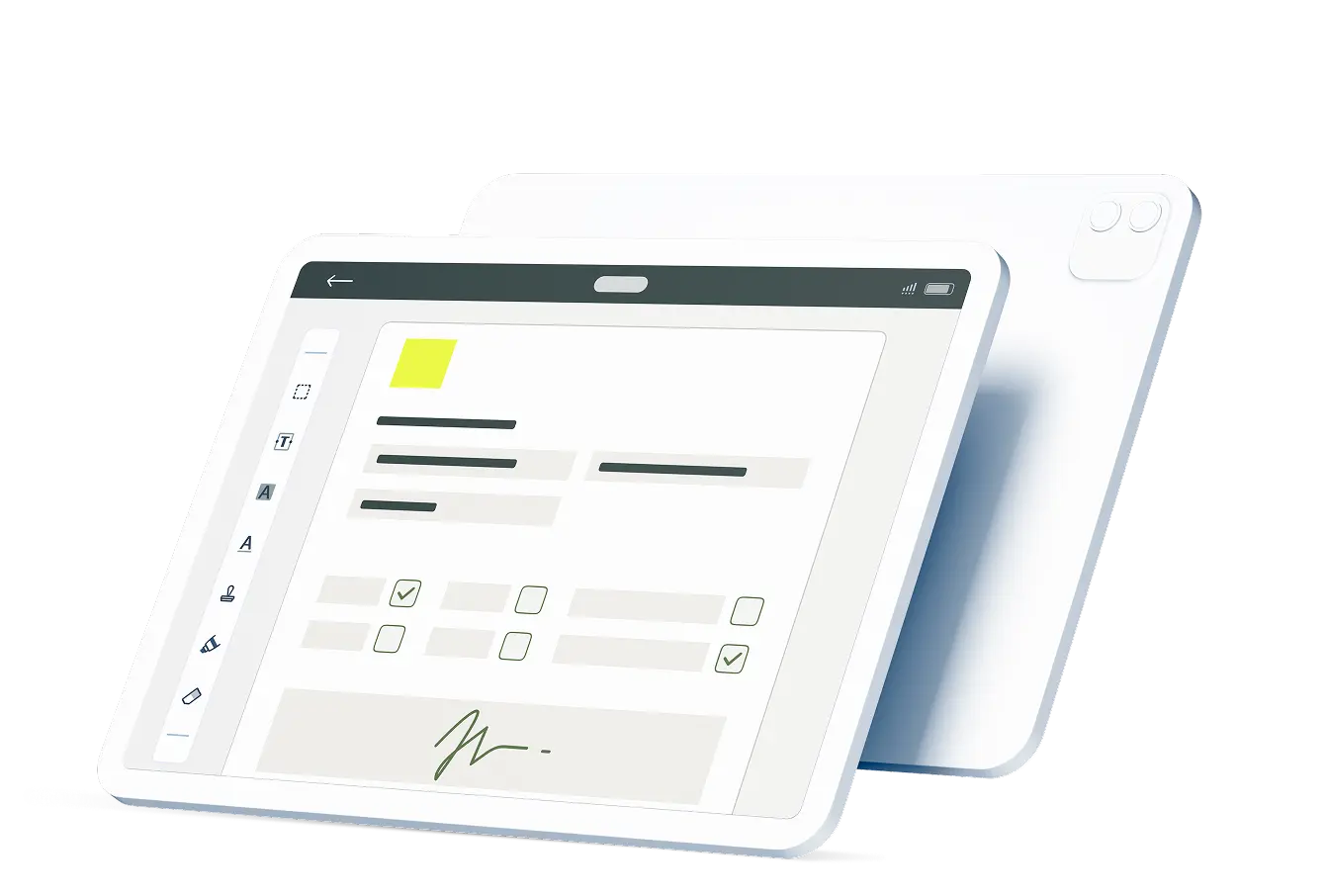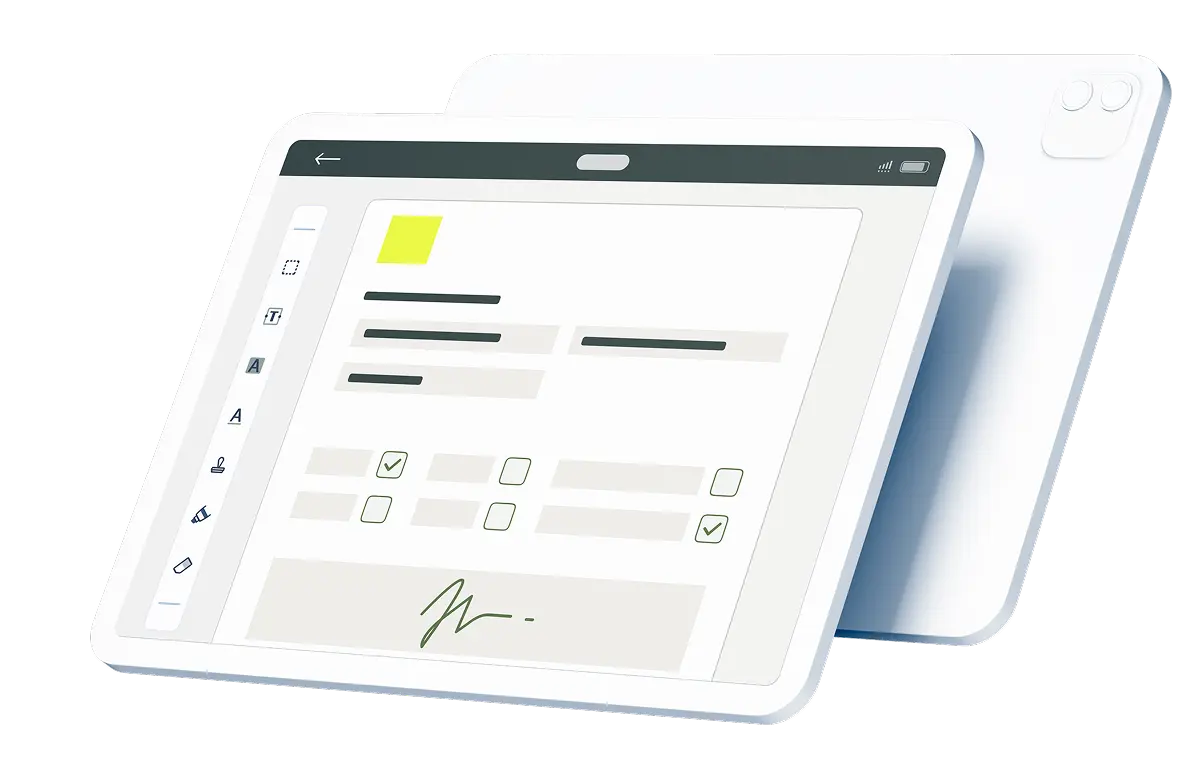No business likes to see a good employee go, but there eventually comes a time when the company and a worker must part ways. Whatever the reason is for parting, it’s important that you have a detailed employee offboarding checklist to follow to make the process easier for everyone.
Contents:
Reasons You Need an Offboarding Plan From the Start
Even before you bring on your first employee, it’s a good idea to have a plan in place on what to do if that employee ends up leaving for any reason. There are several good reasons that you should develop this plan early on with your business model:
- You’re not caught off-guard when an employee quits or is fired. You’ll need an offboarding plan eventually. If you wait until the first time an employee quits or is fired, then you’ll need to take extra time to come up with a procedure on how to offboard that employee from your business. This also leaves you open to making more mistakes in the process.
- You can work on hiring new personnel sooner. Chances are good that when one employee leaves, you’ll need a new employee to take his or her place. When you already have an offboarding fired employee checklist or resigned employee checklist, you can get all of the necessary information together for the new employee to review and train on sooner.
- Your business experiences little if any interruption. The smoother the transition is between offboarding one employee and bringing on another, the less interruption and delay there is likely to be with your business. Clients and customers still need products and services, and every moment of delay carries a risk of your clientele going elsewhere.
You might not realize that you need an offboarding plan when you hire your first employee; that’s okay. As long as you eventually come with a procedure for your company, you should be fine. If you’re pressed for time, you can use Fluix’s useful employee offboarding checklist template as a starting point.
Benefits of Using an Employee Offboarding Procedure Checklist
There is a lot of ground to cover when you know an employee is going to be leaving your business. Even if you have an impressive memory, without a checklist in hand, there is a greater risk that something could get overlooked and put you or your business in hot water. Working off of a detailed checklist gives you the following advantages:
Mitigate Errors: Have a prepared checklist ensures that you know what steps to take in what order. If you need to hand over the offboarding task to another employee or department, the person overseeing the offboarding also has a checklist to follow and lowers the chances of an error occurring. If you use a digital checklist, supervisors and department heads may be able to see the current status of the offboarding process and what needs to happen next.
Lower Legal Risks: Running a business carries with it many different legal risks, and exiting employees are no exception. It’s possible that they could accidentally take sensitive data with them, share certain information with competitors or even take company property with them when they leave. By following a clear offboarding procedure, you can make sure all equipment and data is secure and complete any legal documents that may also protect you from a lawsuit down the road.
Enable Smoother Transition: The work will still go on when your offboarding employee is gone, and you need to be able to continue that employee’s tasks. Our employee exit checklists help you gather the important information you need to carry on that person’s work and train a new employee if needed.
Steps To Include in an Employee Offboarding Checklist for Managers
Employee offboarding usually includes four main phases: paperwork, knowledge transfer, asset recovery, exit interview, and permissions and access.
The paperwork phase should cover everything from the resignation or termination letter to explaining what the final paycheck and reimbursements will include. It is important to have a paper trail of everything that happened during offboarding to protect your business and personnel in case of legal action later.
Knowledge transfer has to do with understanding the employee’s tasks and what a new employee will need to know to take over those duties. It should include any ongoing projects and tasks yet to be completed, as well as client and resource lists.
Asset recovery is about retrieving any company equipment the employee was using, such as computers and phones. You should hopefully have a detailed process for assigning this equipment to an employee upon hiring. You can then refer to the hiring documentation to determine what assets need to be returned.
The exit interview is the final interview with the employee before he or she leaves. You should compile a survey or list of questions for the employee to answer. Look for data that can help you improve your business, such as if the employee has any insight on what you can do to improve the work environment.
The permissions and access phase is when you remove the offboarding employee’s ability to access company property and information. It is important to change passwords and other sensitive information every time an employee stops working for you.
If you use automation software during the offboarding process, you can assign different managers to oversee each stage and view in real time which tasks have been completed. This can be particularly useful if you have employees who work remotely, as they will be able to access the list wherever they are. Just remember to have supervisors and managers sign off when they have finished each portion of the offboarding process.
Fluix Has Checklist Templates, Automation Solutions and More
At Fluix, we offer a wide range of document automation and storage to make all business processes smoother. From maintenance inspection to an exiting IT employee offboarding handover checklist, you can create an itemized document that ensures everyone at your company knows what to expect and the next steps to take. Customize our employee offboarding checklist template to meet your needs for whatever positions your employees hold. Streamline your business by checking out our HR document management software today.

